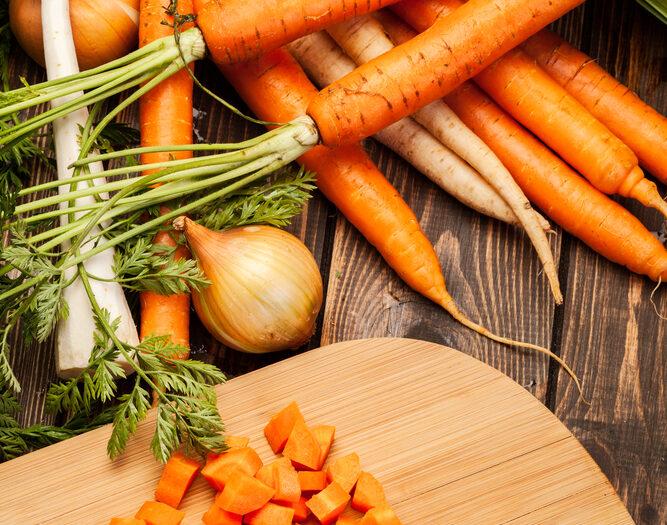There was a time when every scrap counted, and nothing went to waste. During the Great Depression and both World Wars, food was scarce and prized. Families learned to make do with less and make the most of what they had.
Stale bread became breadcrumbs and bulked up meatloaf, sausages, and meatballs. Thrifty home keepers transformed vegetable peels and spent bones into luxurious broths. A skilled cook might turn fruit scraps into jellies, syrups, or vinegar. Just about everything went to good use, and what was leftover went to the backyard chickens, which in turn provided plenty of eggs.





